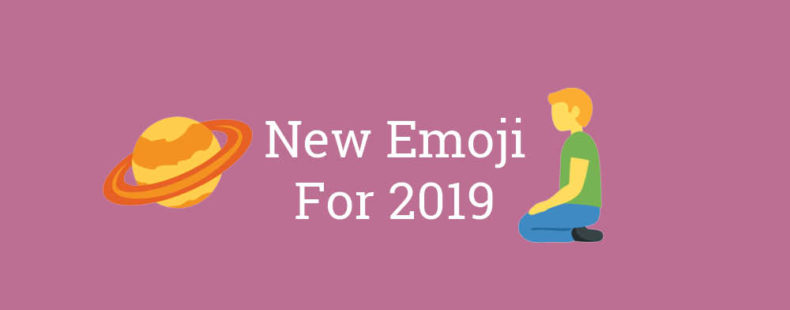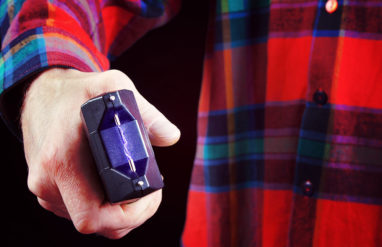While emoji have been around since the late 1990s on Japanese keyboards, they went mainstream around the world in 2010 with Unicode 6.0. And, in most of the years since then, the Unicode Consortium (the organization that officially oversees them) has kept on adding more.
In its 2019 batch of new emoji (known as Emoji 12.0), Unicode approved more diverse people, places, and things. The release includes 59 new individual emoji—and if you take into account all of the gender and skin tone variations, 230 in total.
The Emoji 12.0 set is especially notable because it adds emoji for greater representation of accessibility and disability, including people who are blind or deaf. It also adds some of the most adorable animals on the planet, such as flamingos and sloths. And, for whatever reason, an underwear emoji.
In our excitement over Emoji 12.0, we’ve rounded up some of our favorite new emoji … although we are heartbroken that the humble gray squirrel still hasn’t made the cut.
Please note: These new emoji are becoming available across vendors and platforms through late 2019; until they are supported on your device, they may display as ☐.
























